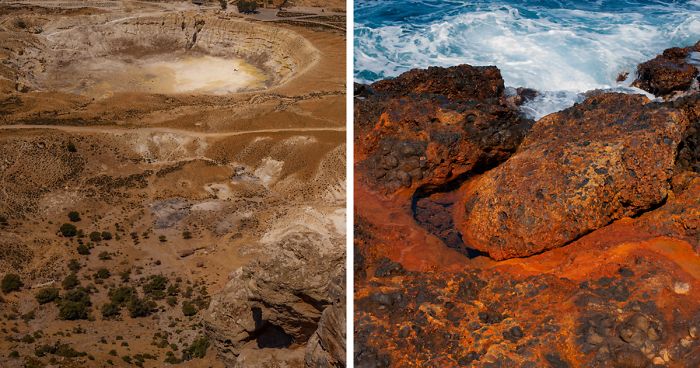
I Had An Opportunity To Visit The World’s Largest Hydrothermal Crater (16 Pics)
Nisyros was born according to the legend of the Battle of the Giants. The mother of all, Earth, turned the mortal Giants against the immortal gods of Olympus. The gods chased the Giants, who retreated in fear. The god of the sea, Poseidon, had undertaken, on the orders of Zeus, to destroy the Giant Polyvotis, who crossed the Aegean Sea in order to be saved. Poseidon overtook him near Kos. With his trident, he snatched a part from Kos and hurled it against Polyvotis. Poseidon reached the Giant and crushed him. This part of Kos became Nisyros. With this ancient legend began the birth of this volcano that is still alive and breathing today.
More info: Instagram | Facebook | youtube.com | giorgos-karampotakis.pixels.com
The battle comes alive every time you look at the ancient lava rivers from which sulfur dioxide gases and vapors flow, forming crystallized sediments through the arena of this battle, the furnaces. Geomorphological deformations in the Stefanos crater are attributed to the last changes of the magmatic chamber, forming the ground with gorges and plateaus to remind every Giant of the end of Polyvotis.
When the cosmogenic form Nyx casts its veil on the remnants of this battle, the Milky Way makes its appearance, intoxicating this cosmogenic force from chaos and virgin birth from the billions of stars that make their appearance in the largest hydrothermal crater of the world Stefanos. It has a diameter of 300 meters and the temperatures from the vapors reach boiling points while the colors of oxidation paint the landscape elaborately.
Aeolus then undertakes to clean this landscape by opening the bladders in the form of meltemi, creating tornadoes of sodium sulfide dust dispersing the smells of doom and re-creation to every corner of the crater. Then Thalia, the goddess of vegetation, daughter of Hephaestus and Etna, undertakes the wounds of battle by donating fertile lands with oaks to keep the shade in the pastures of the sulfur.
This endless battle takes place every day on the volcano of Nisyros. Whoever wants to become its fighter can live it only when he visits this volcano, leaving with the mark of the celebration of life and creation.
All of this work was taken with my Nikon D610, Samyang 14mm F2,8, NIKKOR 24-120mm, and NIKKOR 50mm F1,8, sometimes using my nd1000 hoya filter on it. For the gastroscopes, I also used my star adventure astrotracker that helped me to capture these great details of the Milky Way with the extreme terrain of Nisyros Volcano in Greece combined together with lower iso in order to have better dynamic range and less noise.
4Kviews
Share on FacebookExplore more of these tags
Greece is a very diverse country and is full of beauty, myths, tangible links to the past and great energy. You can find anything from islands, mountains, sea with blue waters, with green waters, with clear waters, snow, waterfalls, lakes, rivers, forests, you name it, it's there. The only problem with Greece is its citizens :(
Greece is a very diverse country and is full of beauty, myths, tangible links to the past and great energy. You can find anything from islands, mountains, sea with blue waters, with green waters, with clear waters, snow, waterfalls, lakes, rivers, forests, you name it, it's there. The only problem with Greece is its citizens :(

 Dark Mode
Dark Mode 

 No fees, cancel anytime
No fees, cancel anytime 



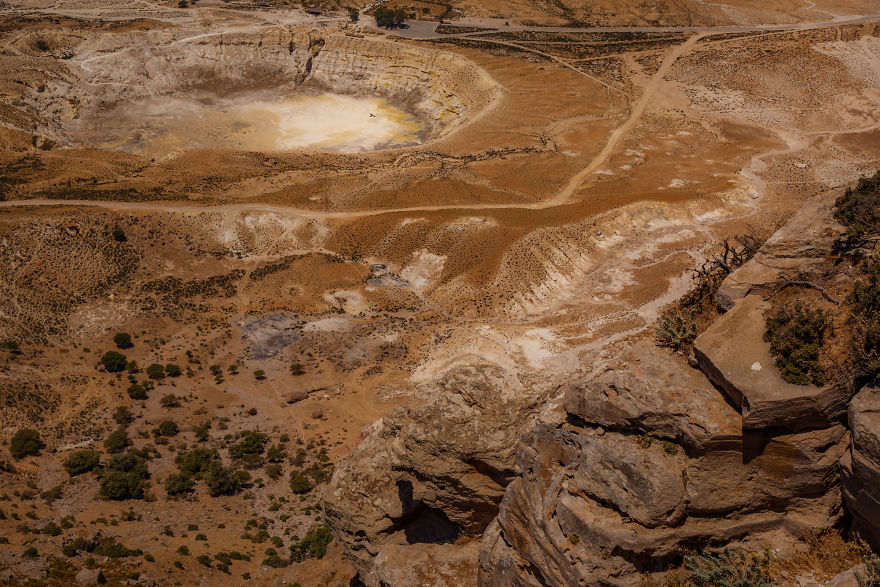
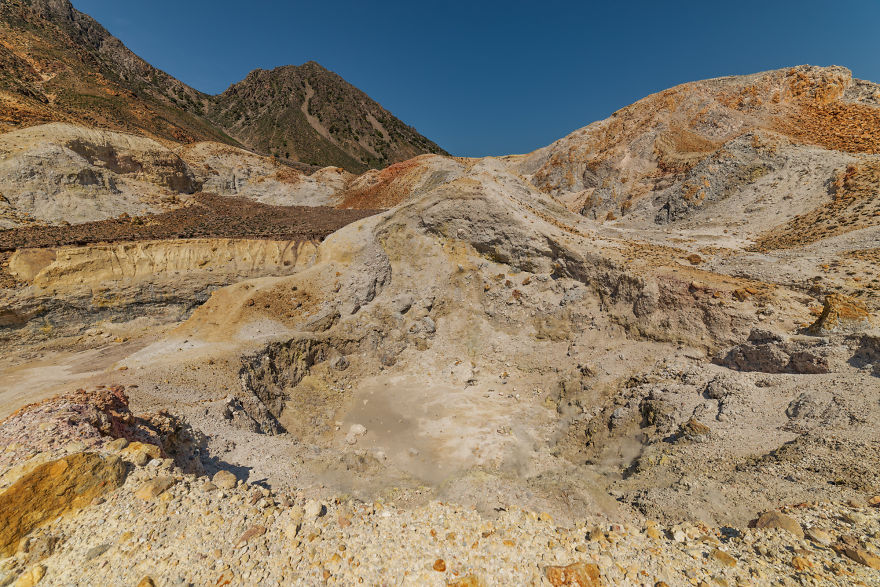
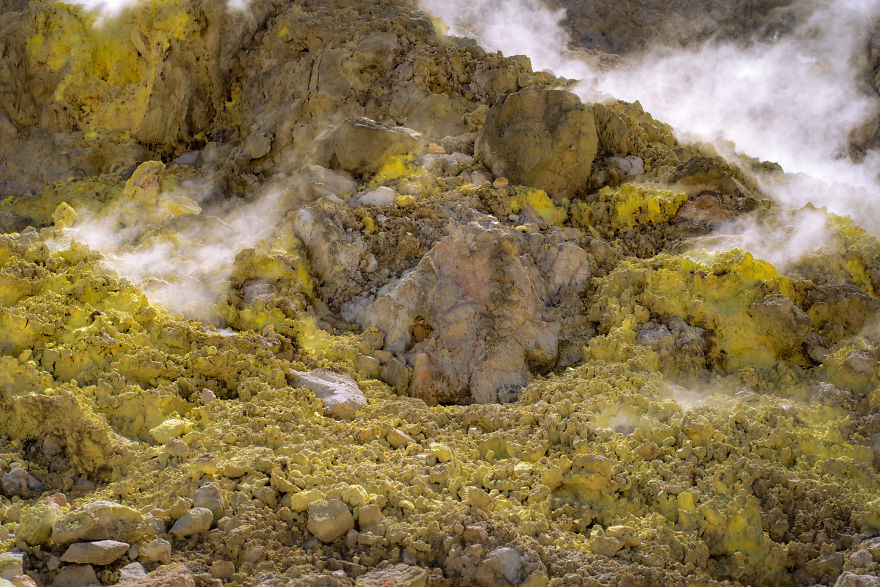
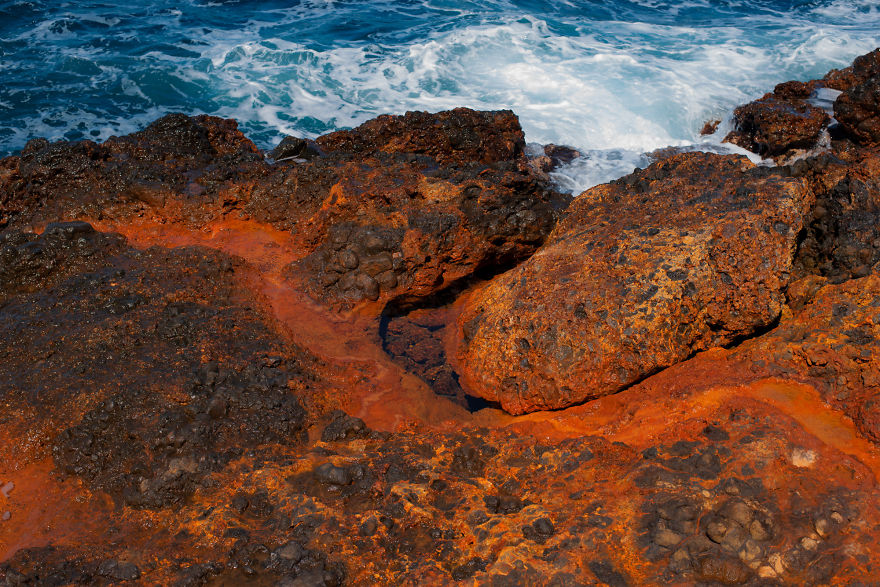
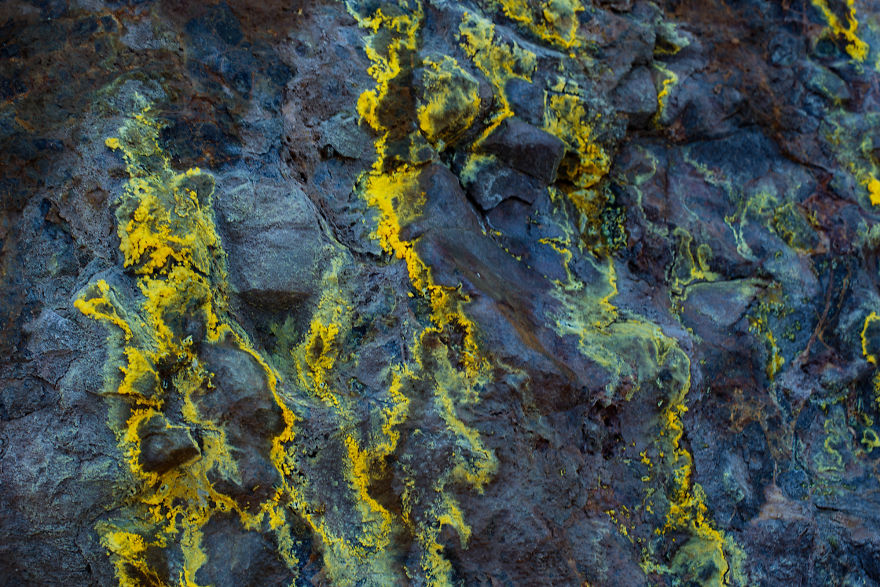
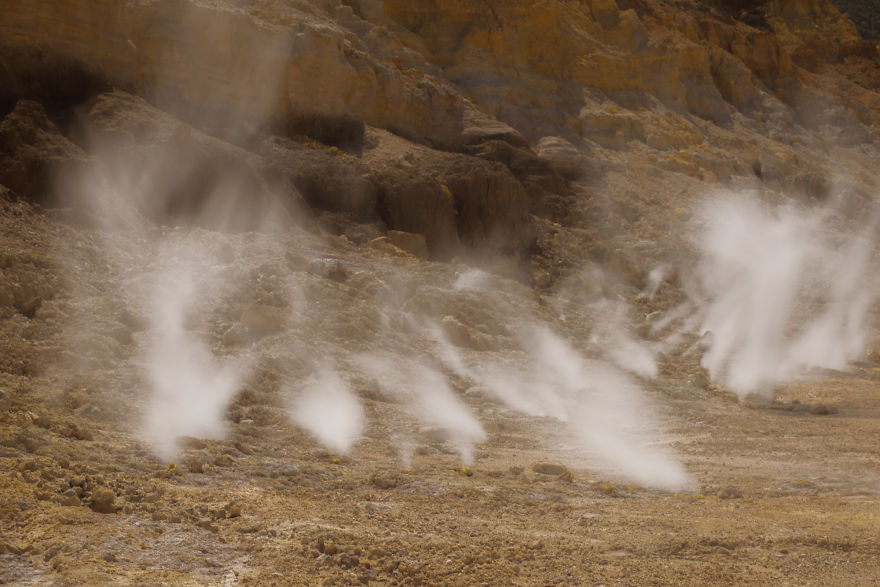
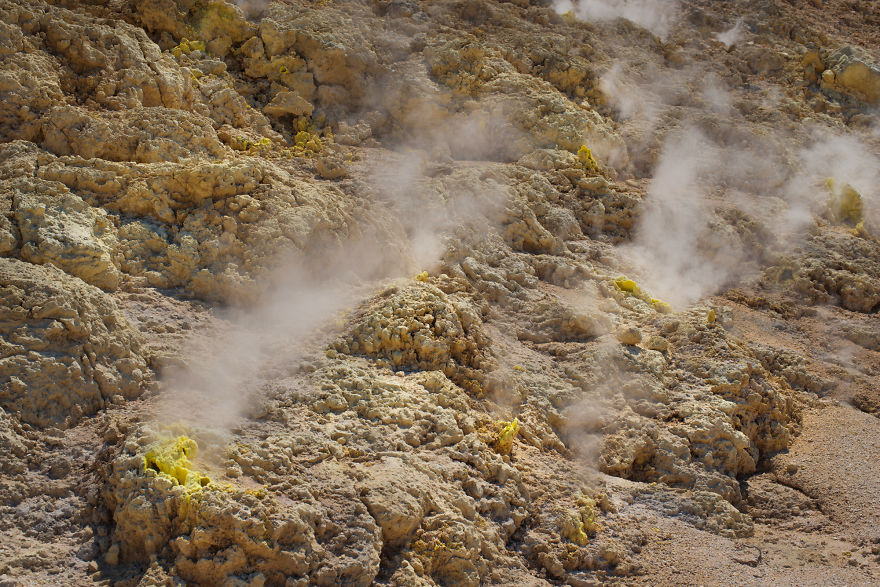
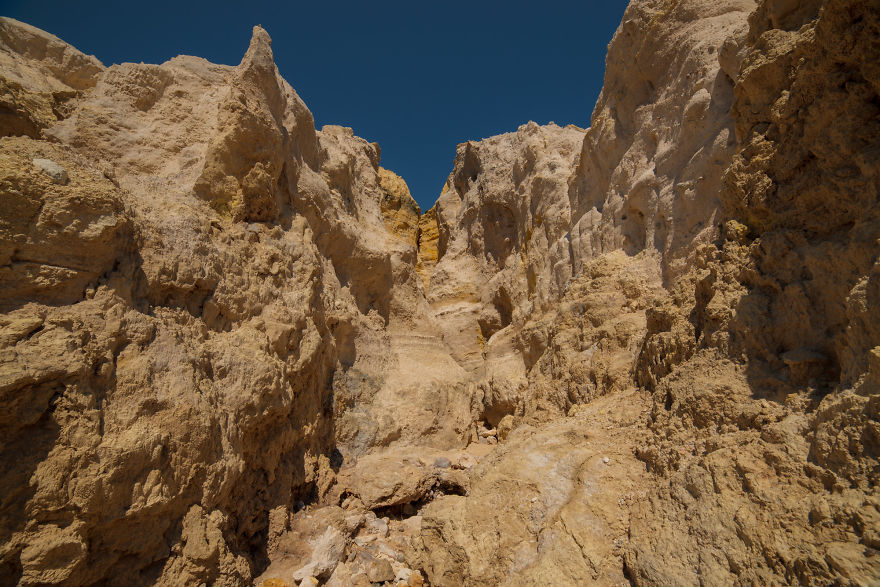
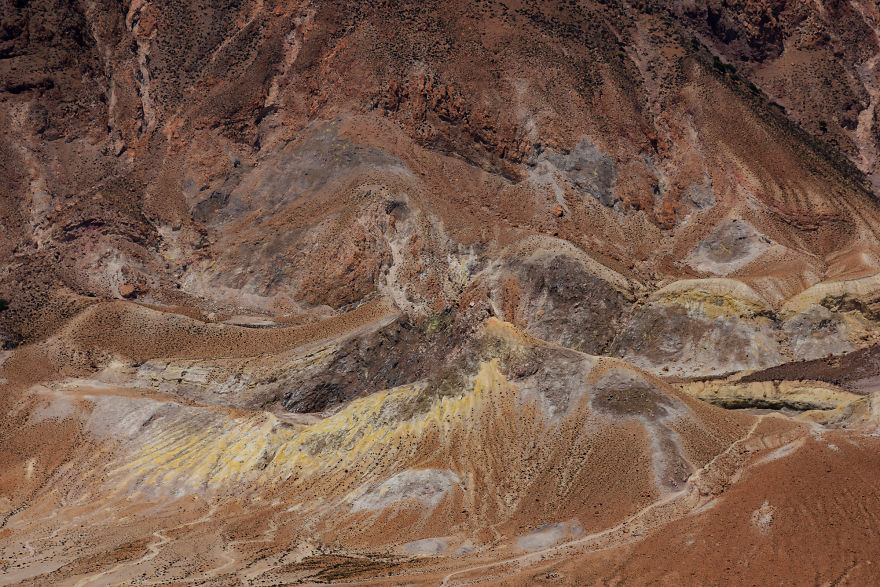
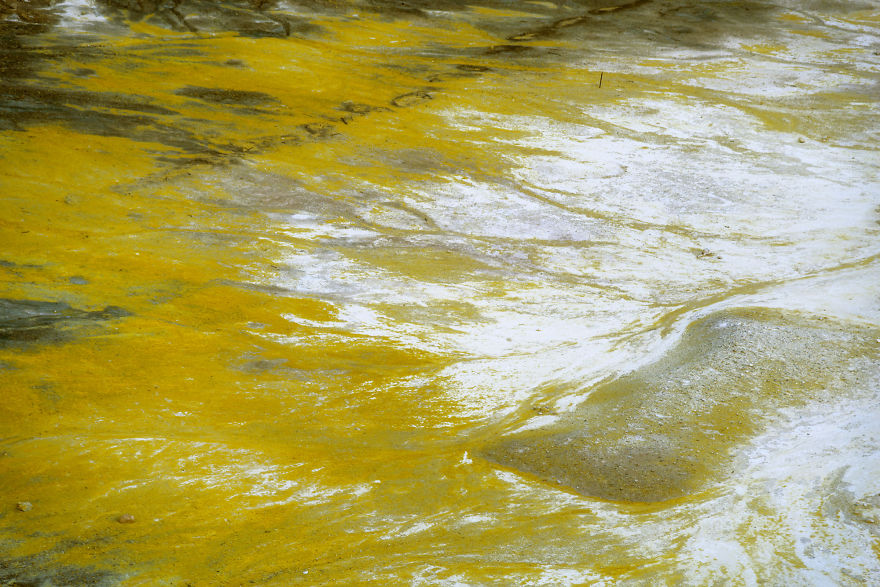
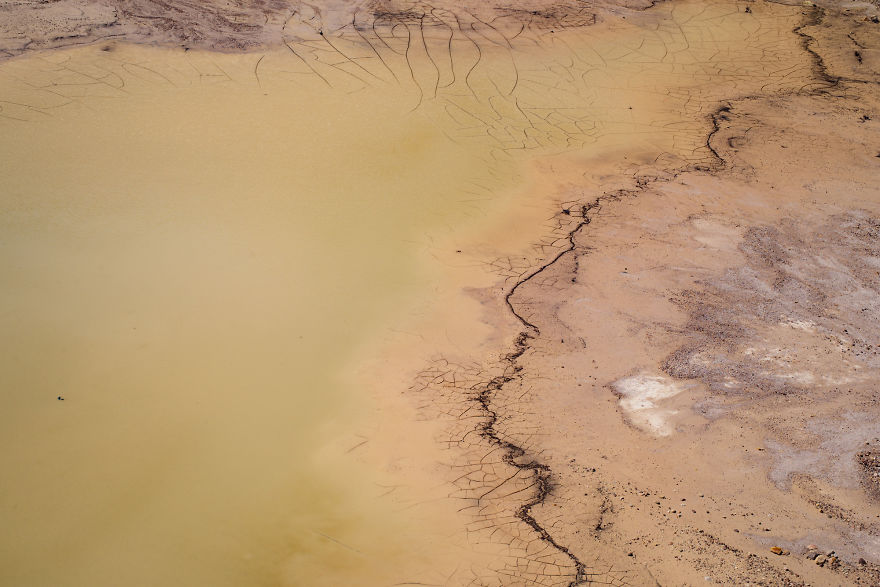
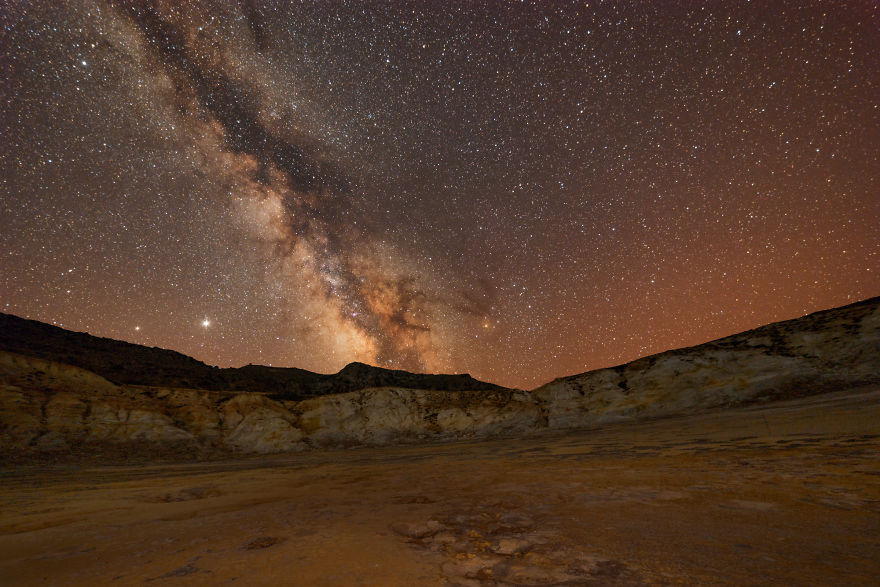
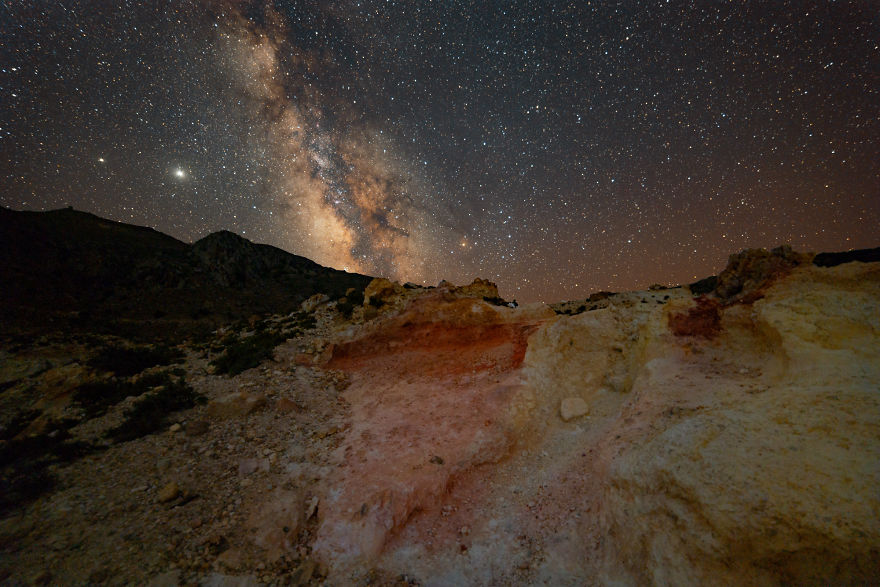
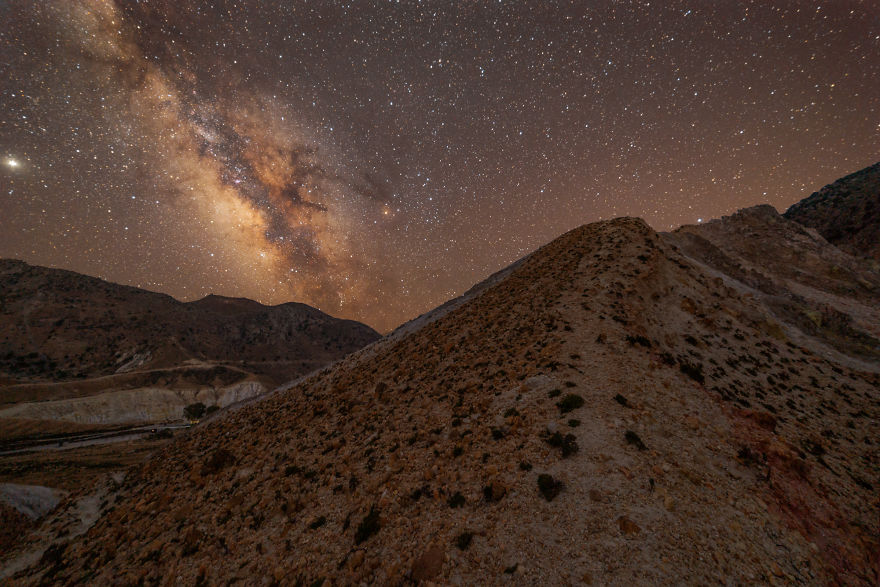
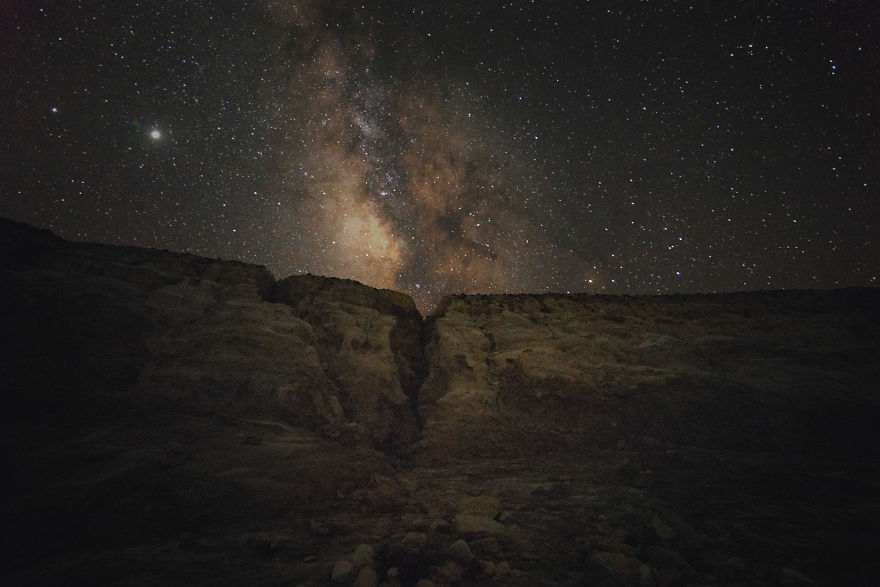
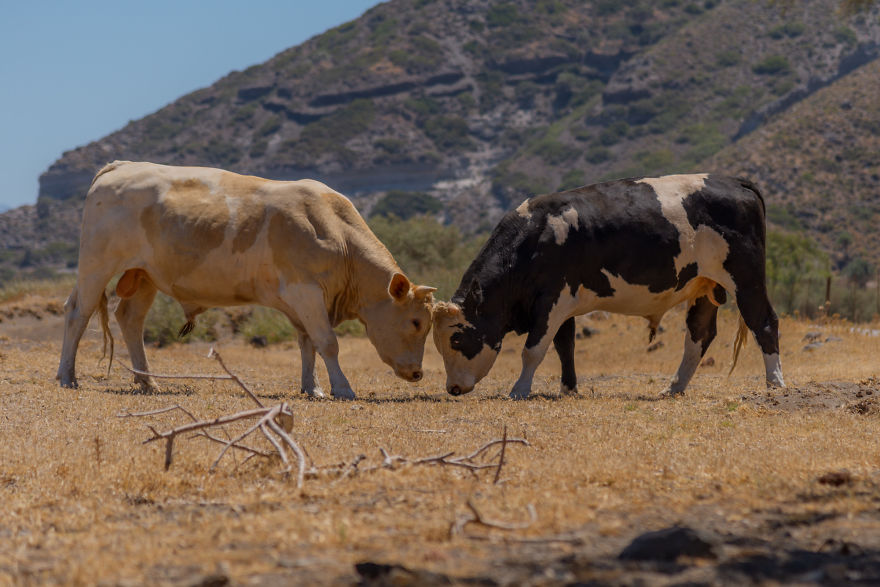








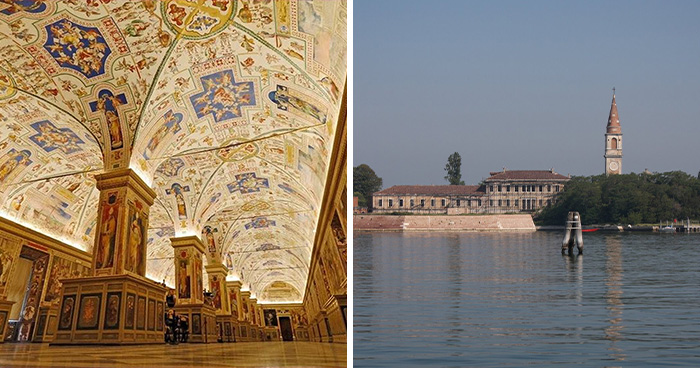
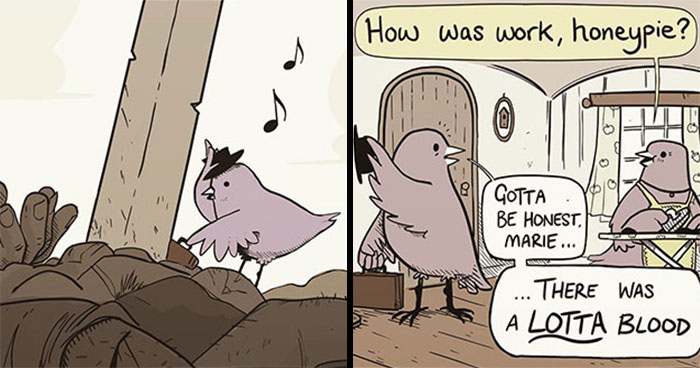

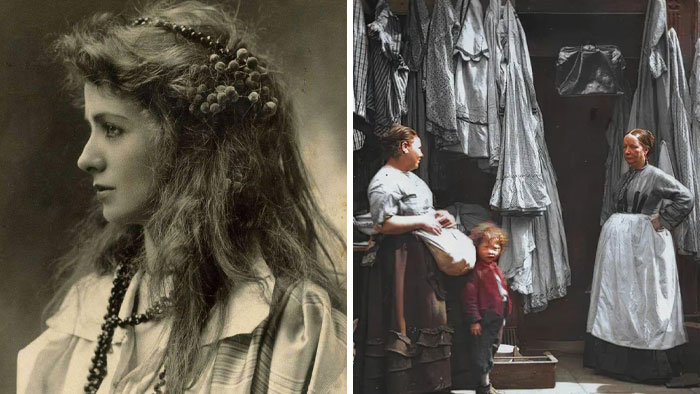

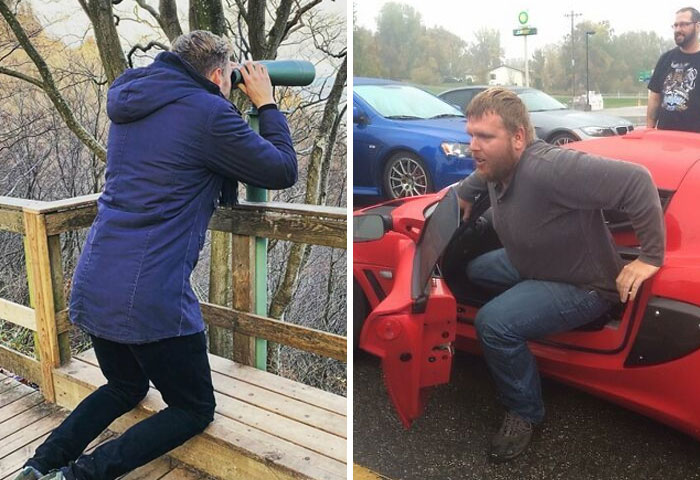








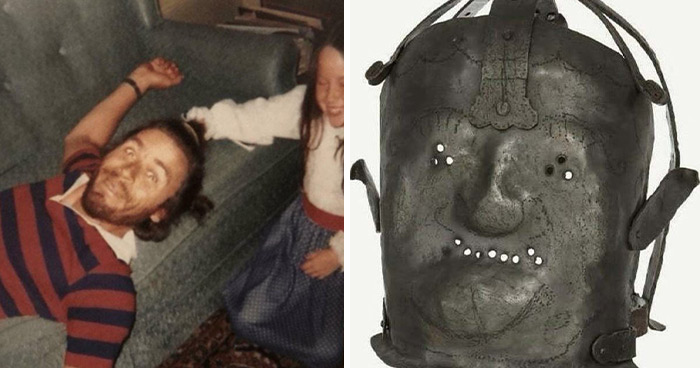





















61
7